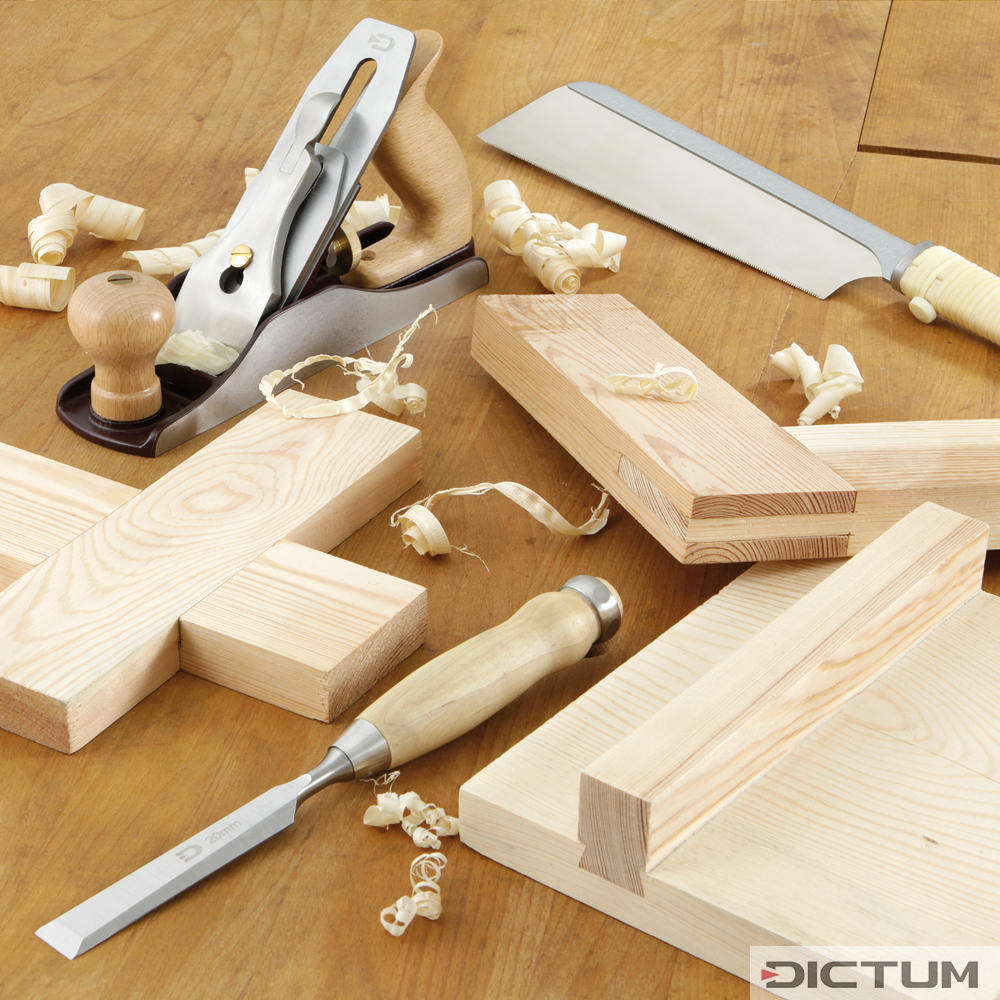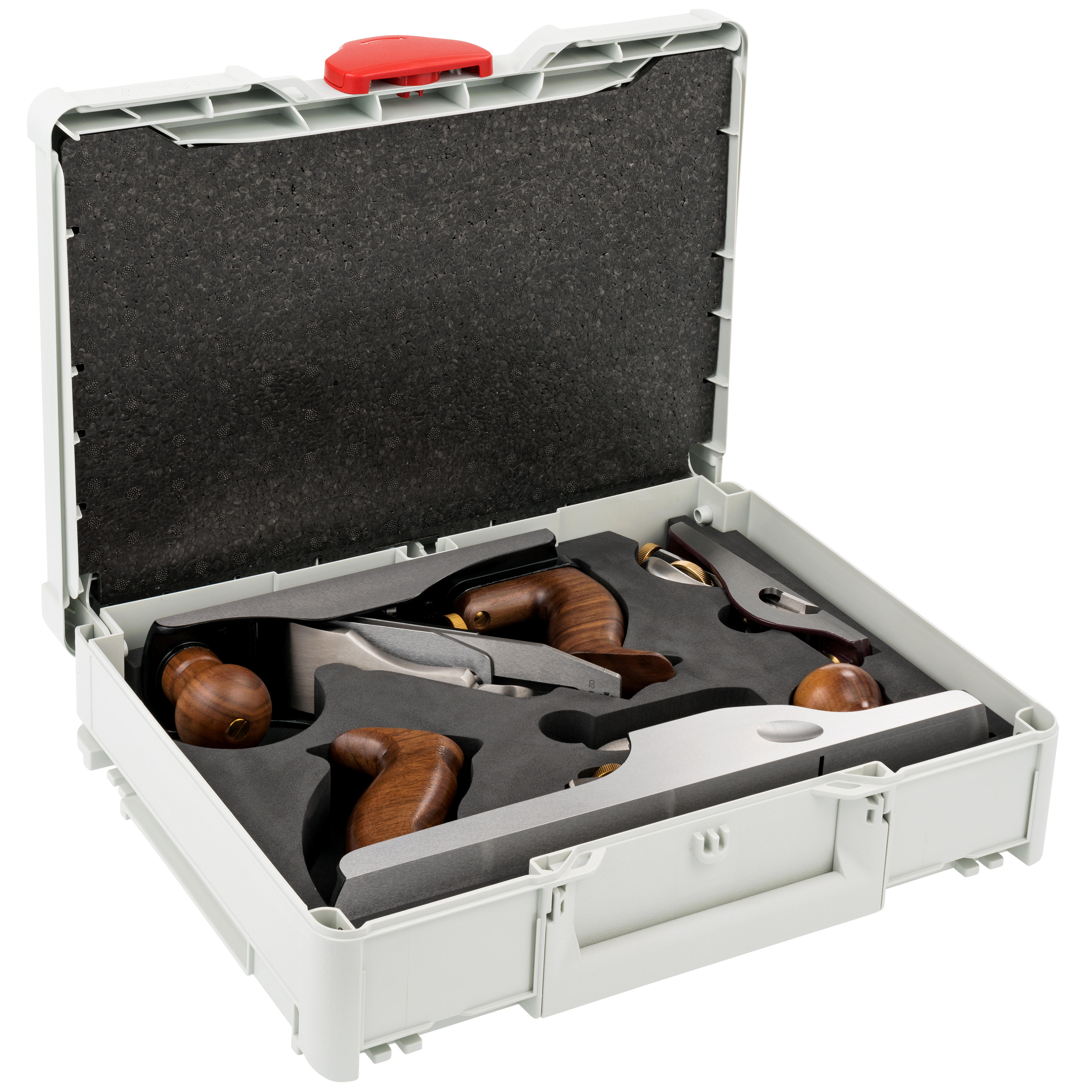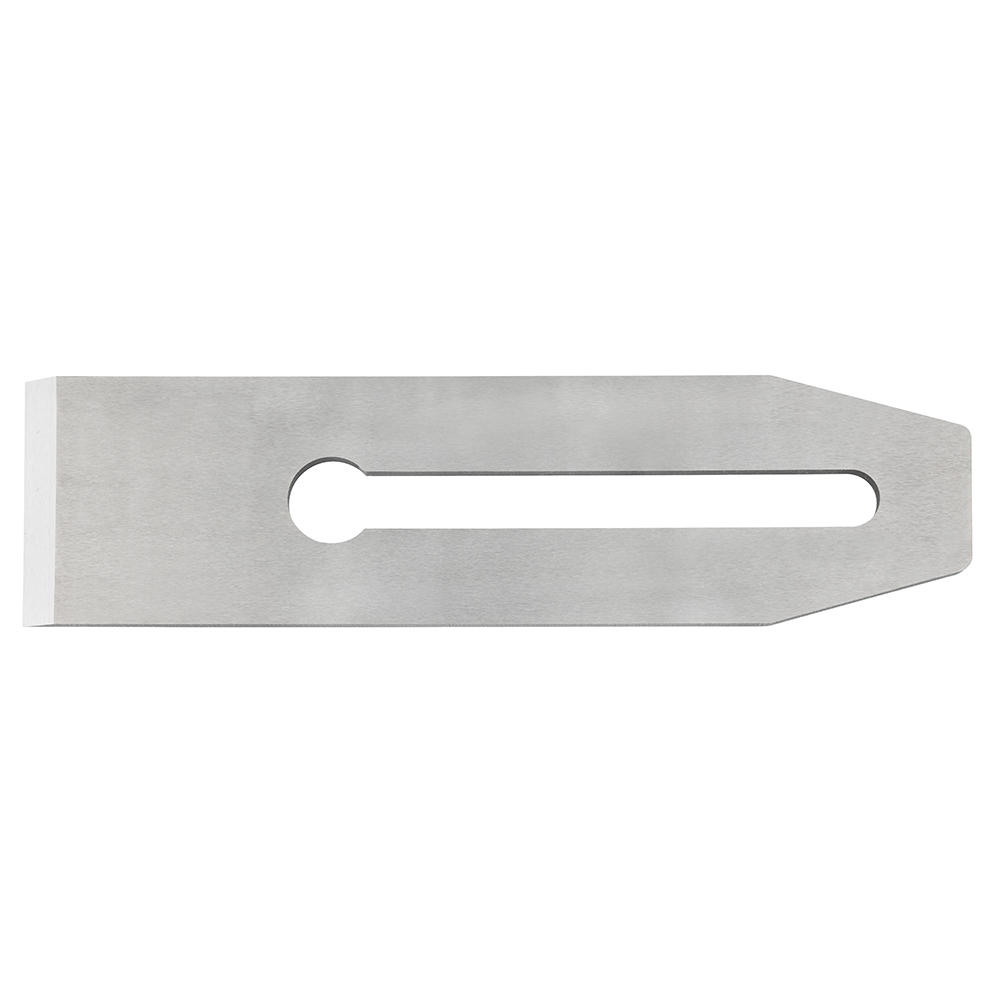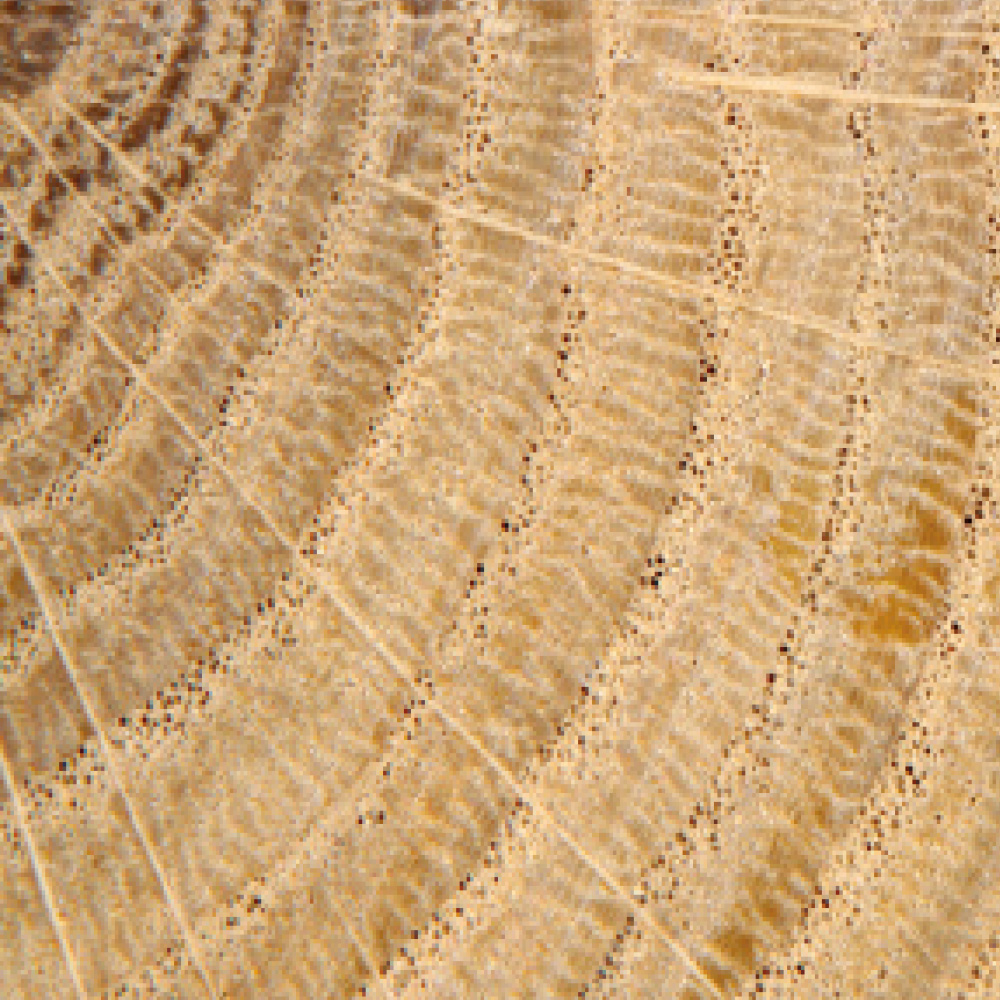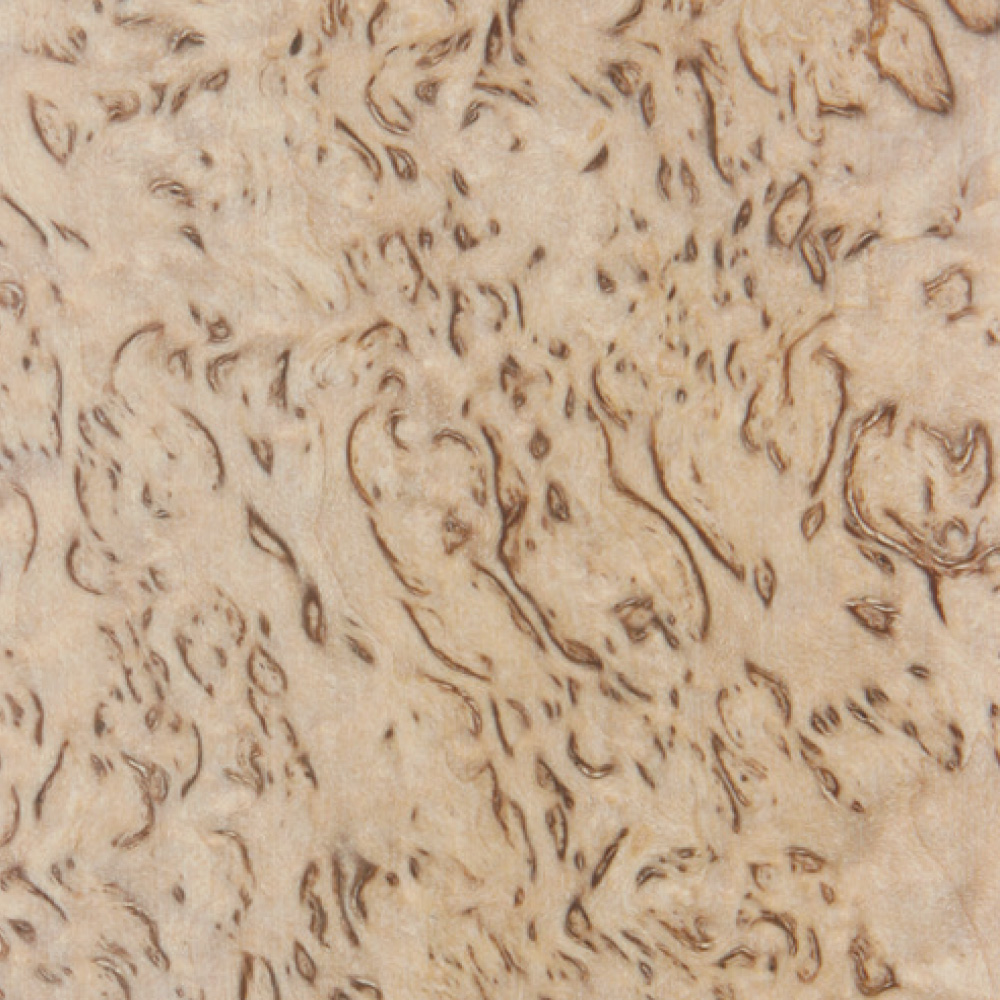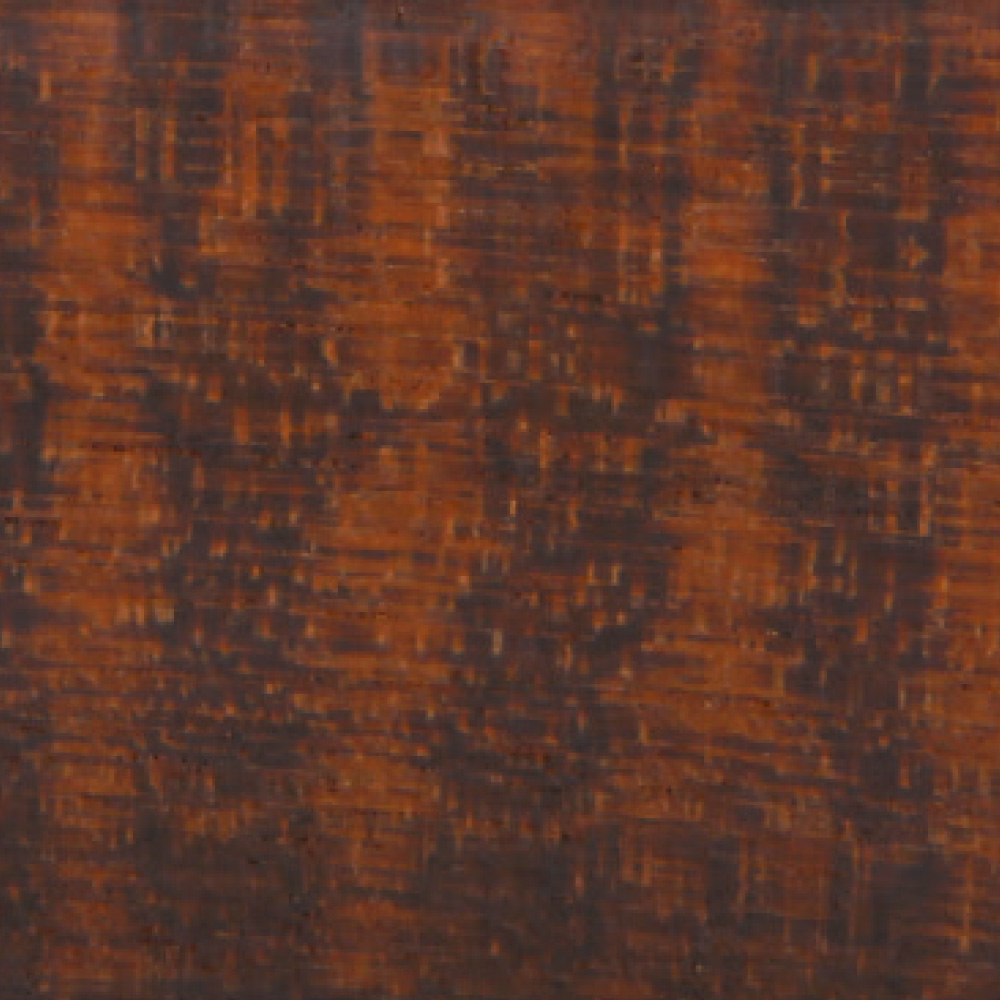

Planes
-
Woodworking / metalworking
- Saws
- Chisels
- Carving tools
- Axes and hatchets
- Hammers, nails & pry bars
-
Planes
- Metal planes (iron planes)
- Wooden planes
- Plane sets
- Design planes
- Plane blades & accessories for classics by Record, Stanley, Preston
- Plane blades & accessories as an upgrade for metal planes or for build-your-own planes
- Plane tuning, maintenance, storage
- Scraper blades
- Blade scrapers
- Replacement plane blades & chipbreakers
- Spare parts for planes
- Electric planers / power planers
- Woodturning tools & lathes
- Rasps & files
- Measuring and inspection tools
- Scribing & cutting tools
- Routing & drilling tools
- Clamps
- Screwdriving tools
- Pliers
- Workshop equipment & tool sets
- Blacksmithing / blade finishing
- Engraving tools
- Leatherworking, papercraft & upholstery tools
- Stone working tools
- Tools for kids
Planes
EXPERT KNOWLEDGE PLANES
Types of planner and typical uses
There are a variety of hand planes, each designed for a specific purpose in woodworking. Here are some of the most common types:

Finishing plane: Used for smoothing and preparing wooden surfaces. Ideal for removing coarse unevenness, e.g. after sawing.

Rough bench: A longerPlanes used for processing large Sizes and straightening edges. Particularly useful for Length workpieces.
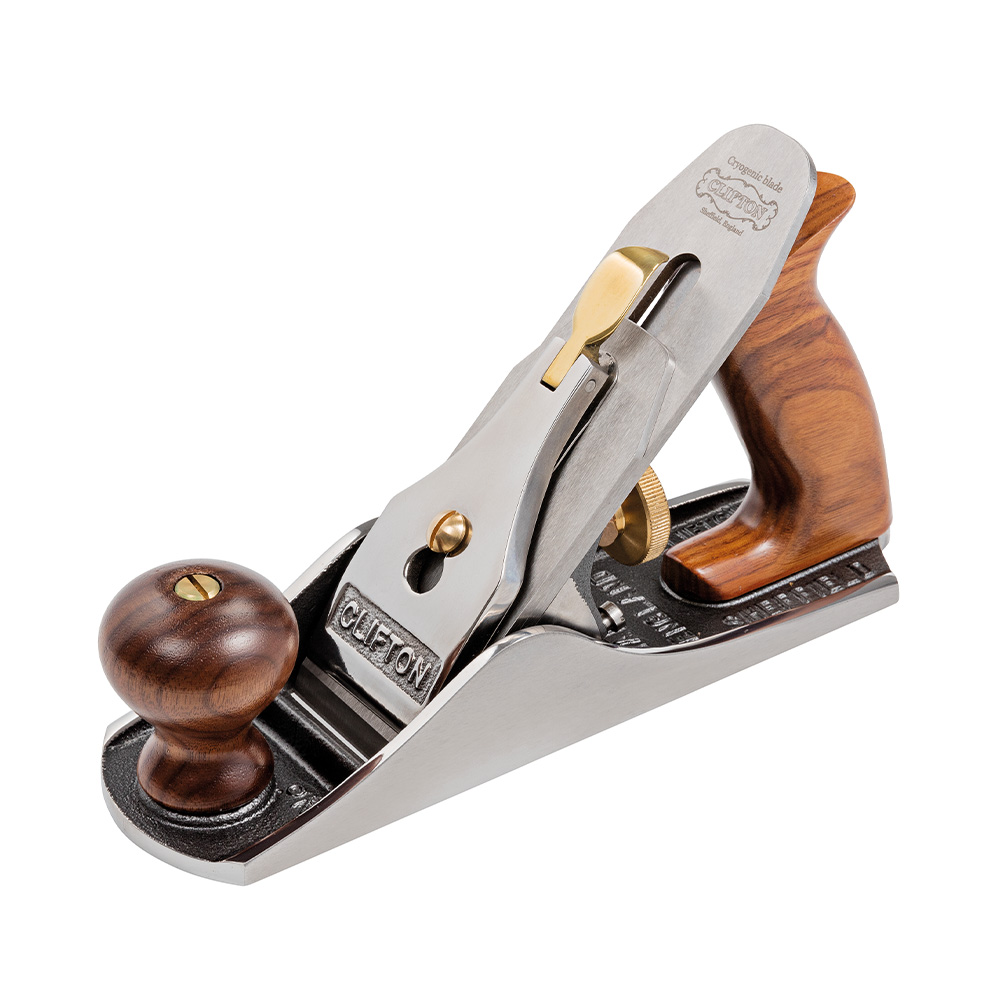
Plaster plane: This plane is designed for fine finishing of wooden surfaces and produces a very smooth surface.
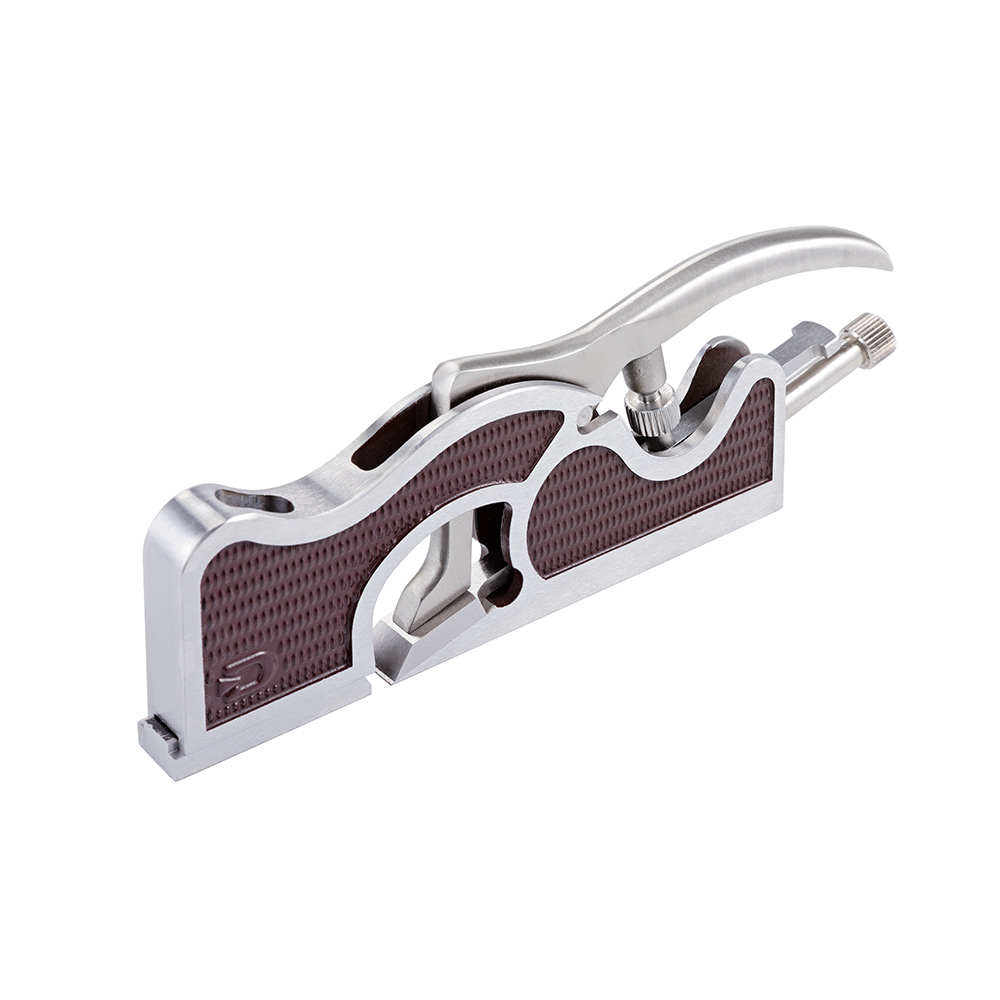
Rabbet planes: Developed for processing edges and smoothing rebates. Thanks to its narrow body, it can also reach areas that are difficult to access.

Rebate plane: Specially designed for cutting and smoothing rebates (right-angled indentations on pieces of wood).

Blockplanes: Compact planes that can be operated with one hand. Ideal for small, precise work such as chamfering edges.
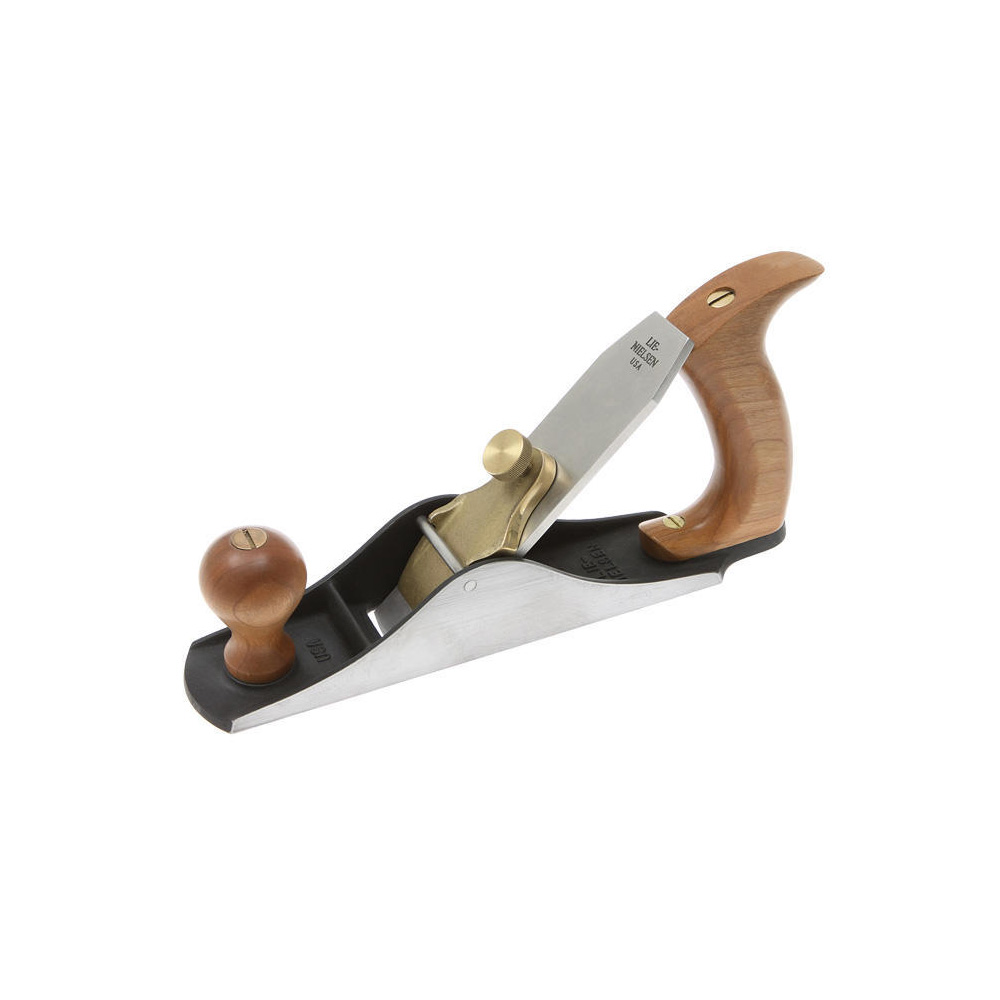
Scrub planes: Suitable for rough work and quickly removing large quantities of wood. Ideal for removing thicker chips.
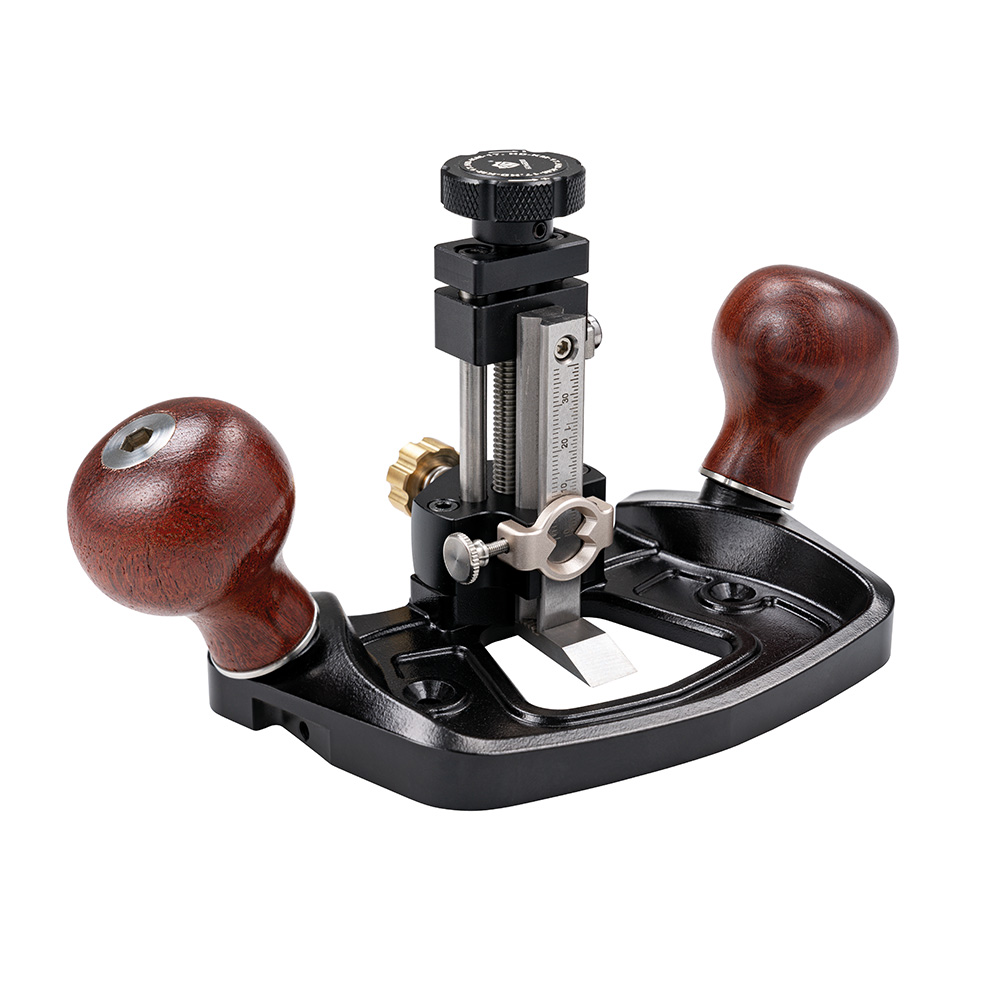
Router planes: Used to cut recesses or grooves in wood. It can also be used to finish sawn tenon joints.
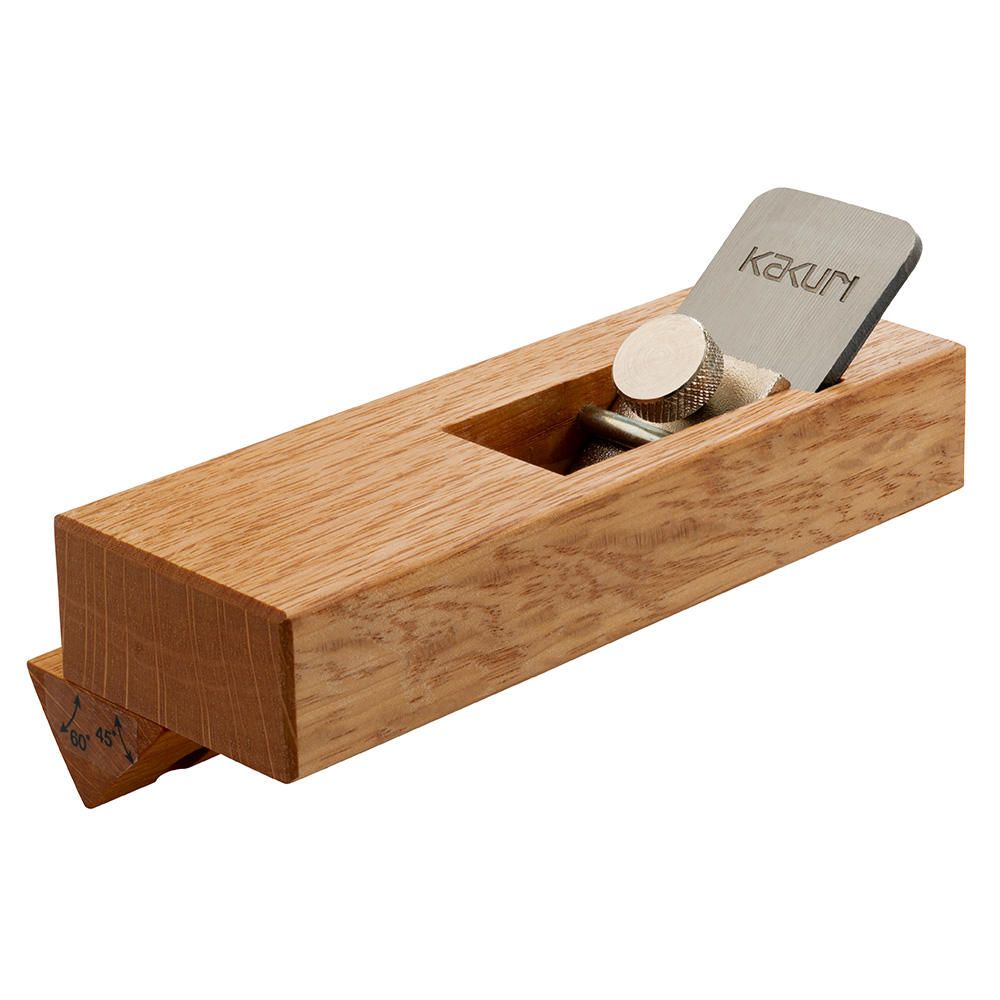
Chamfering planes: These are special planes used to plane clean, even chamfers on workpiece edges.
Weitere Begriffe aus dem Hobelbereich die eine größere Gruppe von Hobeln beschreiben:
Bench planes: Generic term for planes that are frequently used and correspond to the classic type of planes. These include finishing planes and plastering planes with a sole length of 250 to 450 mm.
Smoothingplanes(double iron): Hand planes with an additional flap, the so-called chip breaker, which breaks the chip and thus enables a finer, cleaner planing pattern. The term is used for wood planes, which in the past were often planes without a flap. Almost all currently produced planes now have a chip breaker.
Pull or Japanese planes (Kanna): In contrast to Western models, the Japanese planes Kanna are pulled and not pushed.
Wooden planes or metal planes?
Wooden planes offer a more natural glide and are often lighter, while metal planes are more robust and can be adjusted more precisely - the choice depends on preference and the type of work.
Planner guide
For difficult wood grains, it can be helpful to position the planes slightly diagonally to the direction of planing. This results in a pulling cut. However, for the best surface quality, the Planes should be guided in the direction of the grain.
When positioning the Planes, you should first apply pressure to the front sole area. During the planing movement, the pressure should be evenly distributed to achieve an optimum result. At the end of the board, the pressure is shifted to the rear sole area to protect the cutting edge.
Cutting angle
For which range of application are the different cutting angles or inclination angles of the plane irons suitable?
Advantages of a hand planer compared to an Electric planers power planers
The hand planer offers clear advantages over the Electric planers power planers in terms of precision, control and flexibility. It enables finer, vibration-free work without noise, can be used anywhere and is gentle on the material, making it ideal for small areas, delicate woods and specialised tasks such as edge processing.
Conclusion
Planes are essential woodworking tools that are available in different versions and for different uses. Choosing the right planes depends on individual requirements and the intended use. By understanding the different types of planes, cutting angles and designs, craftsmen can significantly improve their results and extend the life of their tools.
